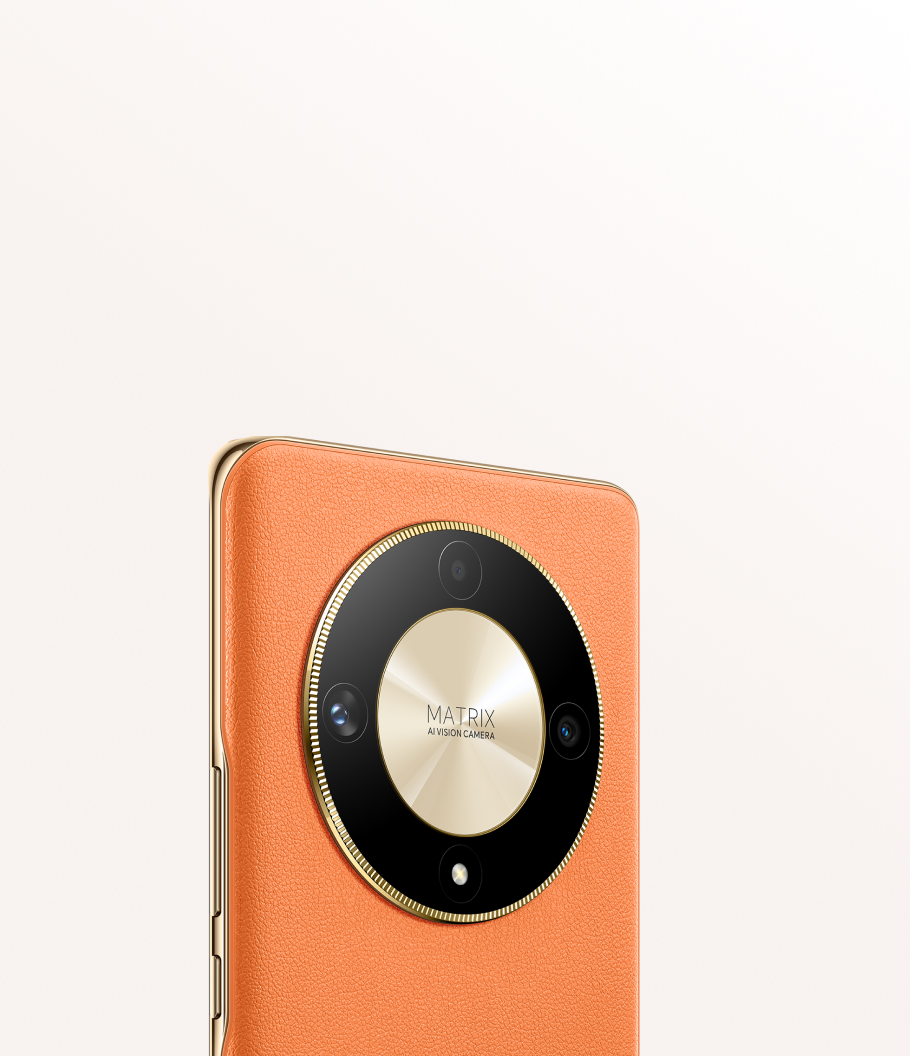
When choosing a smartphone, we often focus on features like camera quality, performance, and battery life, but the weight and size of a phone are equally important factors that can significantly impact your overall user experience. In this article, we'll explore the importance of considering the weight and size of your smartphone when making a choice.
1. Ergonomics and Comfort
The size and weight of a smartphone directly affect how comfortable it is to hold and use. A phone that's too heavy or unwieldy can lead to discomfort during extended use, especially when making calls, texting, or gaming. A well-balanced phone that fits comfortably in your hand is essential for a pleasant user experience.
2. One-Handed Use
The ability to use your smartphone with one hand is a crucial consideration for many users. A phone that is too large may require two-handed operation, making it less convenient for tasks like texting or navigating the interface. Smaller and lighter phones are more accessible for one-handed use.
3. Portability
The weight and size of your smartphone influence its portability. A larger and heavier phone may be less convenient to carry in your pocket or purse. If you value portability and mobility, you'll want a device that strikes a balance between screen size and weight.
4. Pocket-Friendly Design
A smartphone's size and weight can affect its pocket-friendliness. Bulky and heavy phones may not fit comfortably in your pockets and can cause discomfort or even damage to your clothing. Smaller, lighter phones are more pocket-friendly, making them easier to carry.
5. Durability and Drop Resistance
The size and weight of a smartphone can impact its durability and drop resistance. Heavier and bulkier phones may be more robust, but they can also cause more significant damage if dropped. Lighter phones may be more susceptible to damage but are less likely to harm themselves or the surface they fall on.
6. Screen-to-Body Ratio
While size is a key factor, it's essential to consider the screen-to-body ratio as well. A phone with a higher screen-to-body ratio offers a larger display in a more compact form, minimizing the overall size and weight while maximizing screen real estate.
7. Media Consumption
For users who prioritize media consumption on their smartphones, with HONOR X9b specifications it shows it’s a good phone for watching videos or playing games and portable at the same time, a larger screen size may be a top priority. However, it's essential to balance this with comfort and portability considerations. Some users prefer smaller, more manageable phones for everyday tasks.

8. Battery Capacity and Life
Larger smartphones often have more space for larger batteries, resulting in longer battery life. However, this also contributes to increased weight. If battery life is a priority, you may need to accept a slightly heavier phone.
9. Camera Performance
The size and weight of your smartphone can influence camera performance. Larger phones may have more space for advanced camera features, such as multiple lenses and larger image sensors, which can improve photo and video quality. However, these improvements often come with increased device weight.
10. Gaming Experience
For mobile gamers, the size and weight of a smartphone can affect the gaming experience. A larger screen provides a more immersive gaming experience, but it can also make the phone heavier and more challenging to hold during extended gaming sessions.
11. Business and Productivity
For business users, the size and weight of a smartphone can influence productivity. A larger screen may be more suitable for viewing and editing documents, while a lighter phone is easier to carry during work-related tasks.
Conclusion: Striking the Right Balance
The importance of size and weight when choosing a smartphone comes down to finding the right balance that aligns with your individual preferences and needs. A phone that is comfortable to hold, easy to carry, and suits your daily activities is likely the best choice for you. Remember that there is no one-size-fits-all solution, and what matters most is how the phone's size and weight enhance your overall user experience.
